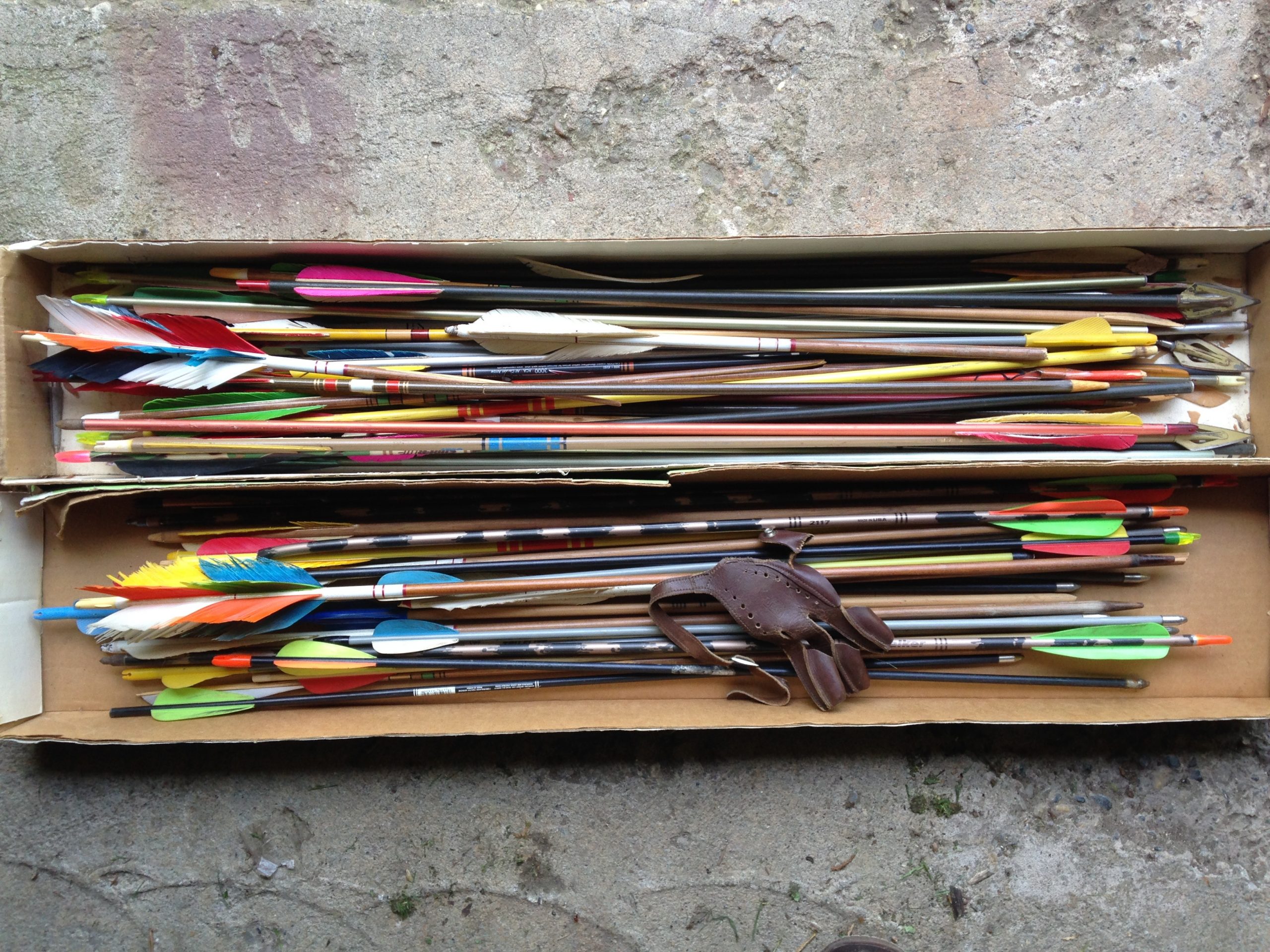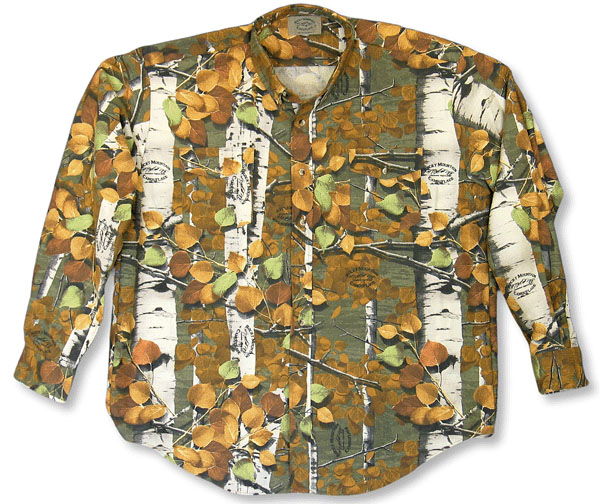Why trap?
Trapping has gotten a reputation in recent decades as being fair game to hate. It’s possible that this is changing. I wasn’t in favor of the hate then and am not now. I suspect that like many things that it’s a relative good or bad.
I trapped, farmed, hunted and fished as a teen. I earned money from the trapping and farming. I made net gains from the hunting and fishing in terms of cost of meat. I did all these activities locally and sustainably.
Trapping to me always seemed like farming the forest. It’s like net-fishing compared to hook’n’line fishing.
Using an animal for meat seems like a brief benefit compared to the years of utility and outright beauty of fur. Combining these benefits and tossing in leather value results in a triple benefit.
With trapping you’re working a body of land rather than taking one critter at a time. You have to think of the big picture in terms of sustainability and conservation. Trapping is pro. It requires competence, planning and judgement. It seems like it takes more skill and can pay off in higher dividends.
In terms of killing, trapping either killed the critters quickly or we dispatched them quickly after they were held a few hours. All of these dispatches seem better than the being eaten alive option or piecemeal incapacitation that nature otherwise requires.
However, I do understand the basic complaints: for land-sets (which are half the game) the animal is held by a paw. It panics and digs things up. Sure, not for long and then it rests and sleeps, but still. It’s the definition of cruelty to be held by a paw. And trapping isn’t always needed per se. Animals and nature do work out their own population balances. Trapping plunged in popularity in recent decades and the forests didn’t turn to havoc. It’s true, though, that human curtailing of various common species does help keep a balance in an already-impacted ecosystem. And in places animals can get out of hand or cause damage. Trapping is the best solution for curtailing several species. But perhaps it’s a bit like crow-shooting. Life really isn’t our toy to have fun with. Native Americans could be both cruel and also have awareness. Awareness of limitations can be helpful. Still, trapping is sustainable and has benefits. Yet it is possible to argue that it can hurt one’s conscience, or inner development, and so one wouldn’t go wrong to be aware of this and use it as a guide to this practice.
Back in our day, we caught nearly all targeted critters (with skunks and possums being basically the only wasted, occasional by-catch). We caught a couple dogs and perhaps one cat over several years, and all were fine and easily released. We had some accidental injury and loss, but less than gun hunting does — maybe 5% compared to 10%.
People sometimes complain about trapping due to its commercial aspect: the selling of fur. Or they complain that fur is a luxury. Both complaints seem as much related to any other aspect of commerce or wealth as to trapping. Fur farming is also attacked: again, it fits more with any debate about farming in general more than it does with fur specifically. All these activities can have problems, sure — it depends.
Sometimes we do things that benefit us directly. Sometimes we do things for pay. Sometimes we work with commodities — the top of the capitalist chain. Sometimes we work with global commodities. Not everyone gets the chance to do this. Trappers can both make and sew their own furs — it’s rare for a worker to have access to such a luxury. They can trade locally or on the global market. I find that to be fascinating. It’s like gold mining in a way. Gold mining can be a huge corporate activity or it can be a way for an individual to make a go of it. It can have big environmental impact or can be done sustainably.
I’ve seen trapping lumped in with animal exploitation like endangering all sharks by removing their fins and throwing the live mutilated sharks back to die. I’ve seen it compared to clubbing baby seals. I think the answer is, as I’ve said, relative. Some consider all use of animals to be unacceptable exploitation — including keeping pets or salvaging roadkill. I say let them decide for themselves as they wish. I don’t discourage further dialog, either.
Trapping nowadays is, of course, also related to pest control as human populations spread out. Trappers are hired to remove nuisance or overpopulated animals and they can then make more money by selling their pelts on top of the removal fee.
In general trapping can be done to keep the populations of various critters in check, both in general (in a suburban or other managed area) and on a per-incident basis (a specific yard, garage, basement, farm, lake or pond).



